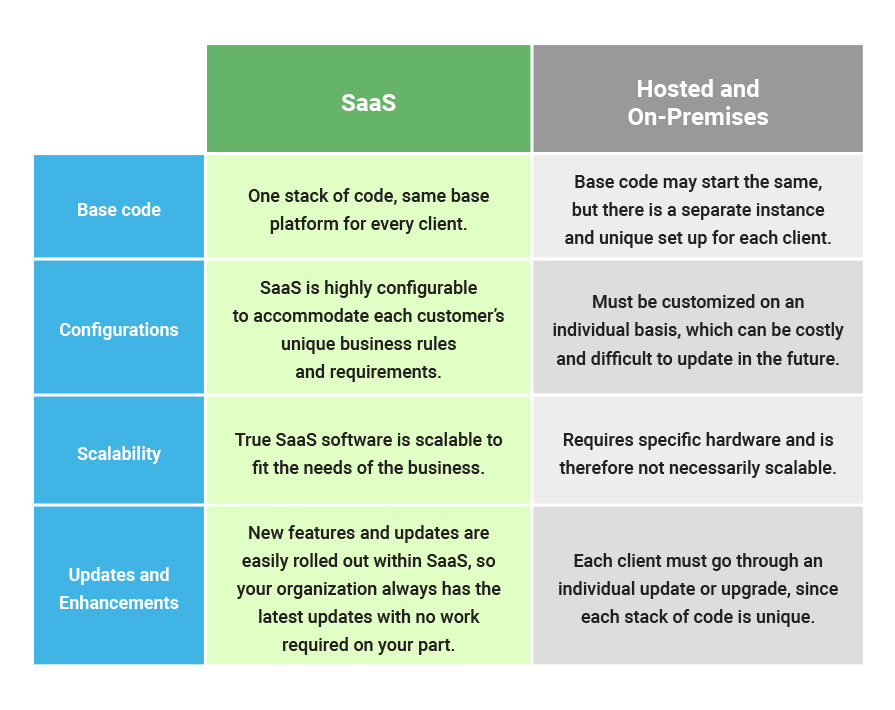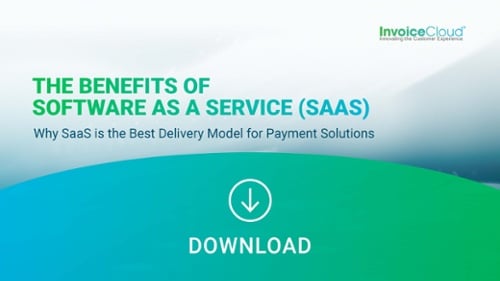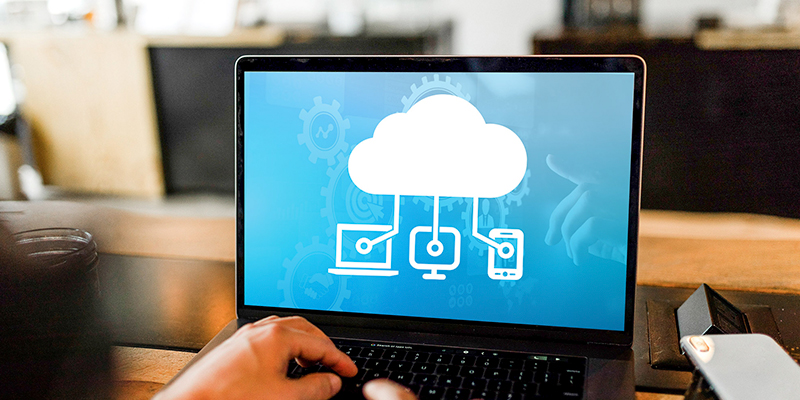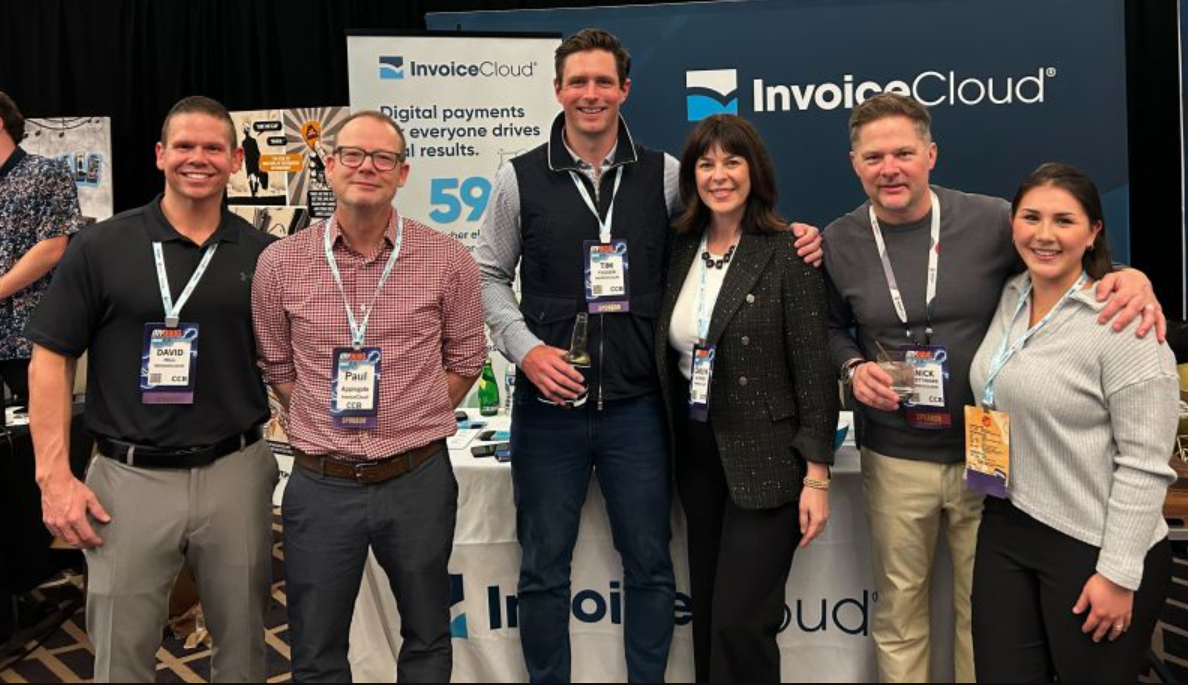What is Cloudwashing? How to Identify a True SaaS Solution
 Mark McNamara
Mark McNamara

As organizations become more familiar with the benefits of SaaS, or Software as a Service, the demand for this delivery model is growing. SaaS, a software model that can deliver automatic updates, enhancements and security patches without cumbersome updates or maintenance, lessens the burden on internal IT teams while allowing your organization to stay ahead of industry trends. To take advantage of the growing client demand for this model, many software providers claim to deliver SaaS applications, when they are actually offering a traditional hosted or on-premises software solution with web-based access. This practice is known as cloudwashing.
In a previous post we discussed in depth what SaaS is, and why it is the necessary delivery model for payments. In this post, we go into detail about the differences between SaaS and on-premises or hosted software solutions and – most importantly – how to tell the difference. The reality is that hosted or on-premises solutions cost organizations more to operate and maintain before even considering the investments necessary to innovate, stay current with technology, and defend against security threats. This is why it’s so important to understand how to identify a true SaaS solution, and how to tell when a provider is cloudwashing.
What is Cloudwashing?
Cloudwashing is a term used to describe the practice of “rebranding” on-premises or hosted software. It involves taking traditional software and running it on a cloud instance, while still marketing it as ‘true cloud’ or ‘true SaaS’. Since organizations are becoming more aware of the benefits of true SaaS solutions, many companies without this setup are trying to position themselves as SaaS – without actually offering the real benefits of SaaS.
What does this mean for you? It means your organization needs to be able to tell the difference between a true SaaS vendor versus one that is cloudwashing to avoid issues like costly customizations or time-consuming updates.
Defining SaaS, On-Premises and Hosted Solutions
True SaaS is Single Instance, Multi-Tenant
A true SaaS platform, like Invoice Cloud, is a single instance, multi-tenant platform. This means that all clients are on the same base software code and platform (single instance) but many others are simultaneously using the same code (multi-tenancy). Well architected SaaS platforms can be uniquely configured, not customized, to accommodate a client’s unique needs, leaving the underlying codebase unchanged.
With true SaaS, all clients have the latest and greatest user interface (UI), user experience (UX), security enhancements, and updates without the need for updates, downloads, or patches.
On-Premises Software
On-premises software is something that resides on your computer or is accessible from your organization’s network. These software platforms provide “updates” to enable bug fixes, enhance security against new threats, and enhance the UI or UX.
Many on-premises software applications integrate with multiple other software applications, which in combination comprise the client’s software unique environment. These unique software environments create a difficult challenge for those who provide support and service for on-premises software, because each client’s instance requires specific approaches for updates, fixes, and security patches.
Hosted Software
Hosted Software is like on-premises software, except the hardware, or servers, that it runs on are not located on company premises. Company IT departments still have to manage updates, patches, upgrades and downloads. Many software providers who provide “hosted” software create web-based tools for users and company administrators and then call their software “cloud,” “cloud-based,” or “SaaS-based.”
On-premises and hosted solutions are not true SaaS because they are tailored for each client. This creates a unique set of software that needs to be maintained and secured – creating extra work for your organization’s internal IT department as well as delays when it comes to enabling new features or functionality.
 How to Tell the Difference Between SaaS and Hosted Solutions
How to Tell the Difference Between SaaS and Hosted Solutions
At first glance, it can be difficult to tell the difference between a SaaS or hosted/on-premises solution. There are, however, a few pointed questions you can ask a solution provider to answer to help you determine the true configuration of their system.
Here are a few questions you can ask to determine whether a provider is offering a true SaaS solution. To see the full list, download our ebook below.
- Are all your clients on the exact same codebase or are they on variations of a common codebase? A true SaaS solution has a single codebase for all clients.
- Is the platform single instance multi-tenant or is it multi-instance? A single instance, multi-tenant solution is a configurable SaaS platform with a single codebase. This is the only true SaaS model. Multi-instance implies multiple instances of code that are unique to each client.
- Does your website accurately depict what you provide? Many providers realize that stating that they are SaaS when they aren’t will get them in trouble once organizations realize it is a false claim. If a provider’s web site promotes “SaaS-based” solutions instead of true SaaS, it’s most likely cloudwashing.
True SaaS software offers scalable, highly configurable and innovative solutions that continuously deliver value. And in the constantly evolving payments industry, it is the only delivery model that can drive positive business results for your organization.



